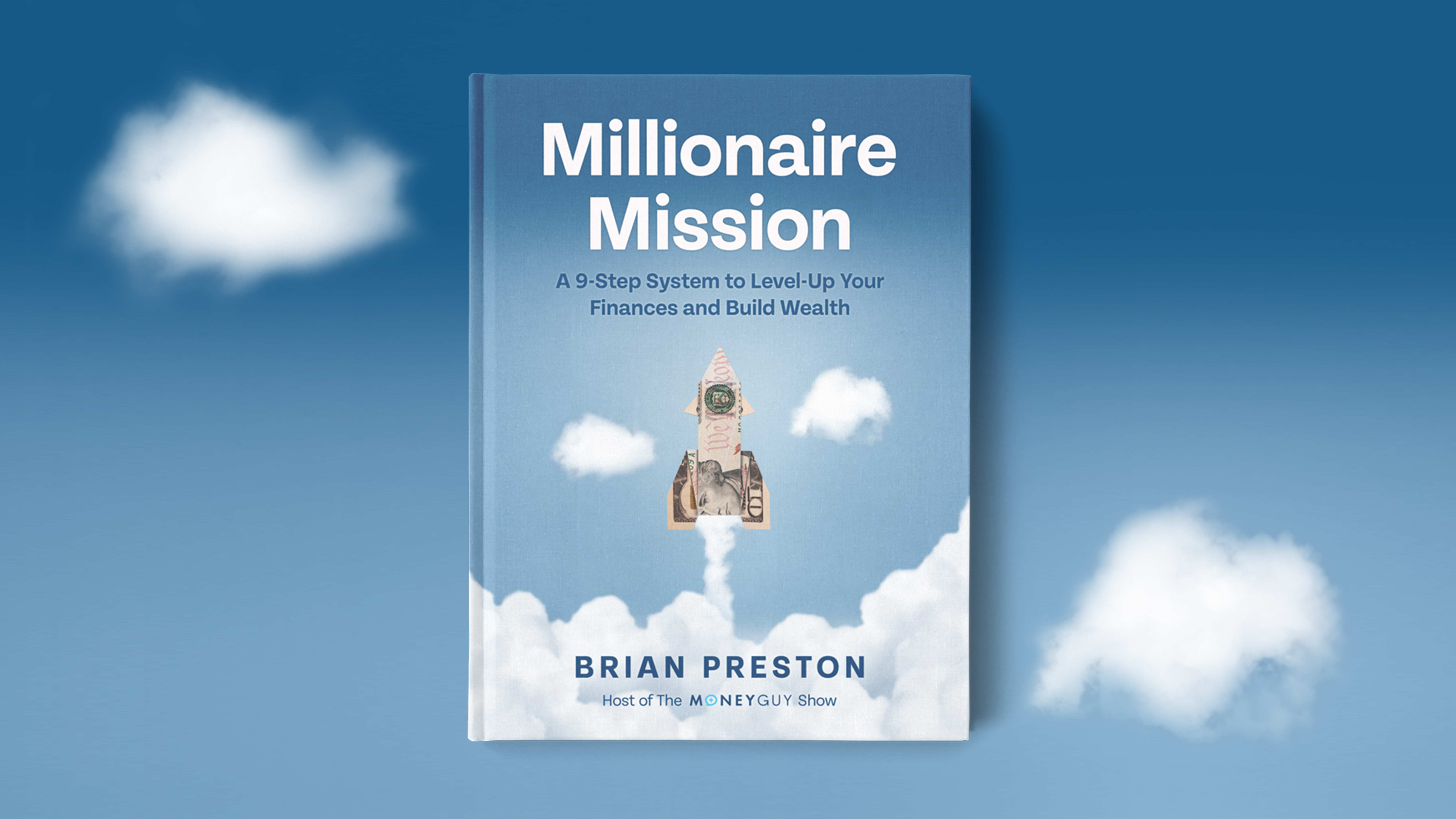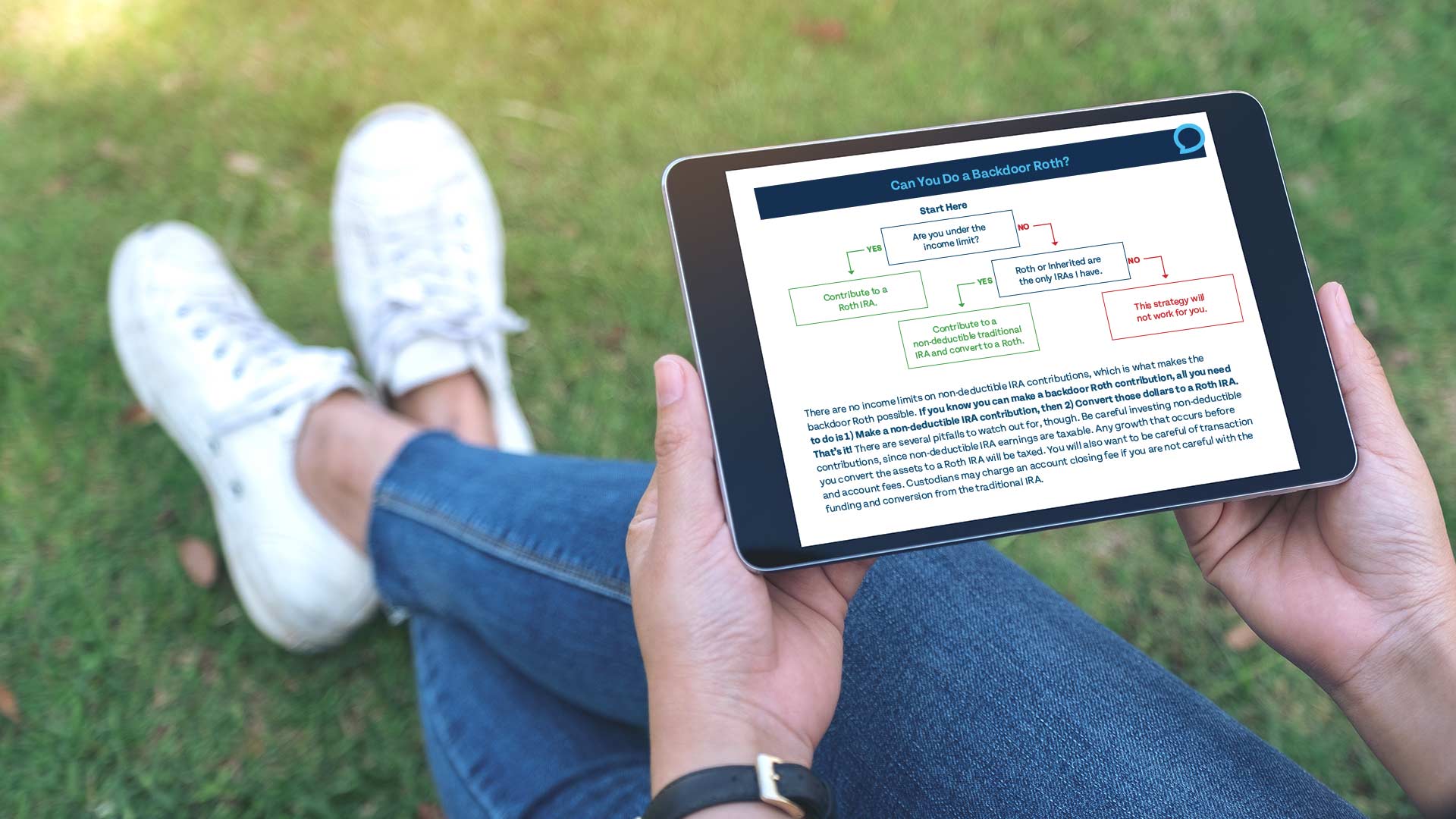
Change your life by
managing your money better.
Subscribe to our free weekly newsletter by entering your email address below.

Subscribe to our free weekly newsletter by entering your email address below.
Mutual fund investing is one of the easiest ways to get into the market. But whether you are a seasoned investor or just starting out, there are some important things you should know when it comes to choosing the right mutual funds.
Some key things to look for in your search:
A couple of other notes:
-To make sure that you are picking the best funds, stay focused on what you are looking for. One fund or a number of funds in different asset classes? Growth or value? Know ahead of time what you want the fund to accomplish.
-If you are still having difficulty narrowing down, research the website of the fund companies to see what fits with your personal management philosophies.
-It is a good idea to revisit allocations about twice a year. This doesn’t mean you have to make changes, but make sure you are staying up-to-date with any pertinent changes.
Subscribe on these platforms or wherever you listen to podcasts! Turn on notifications to keep up with our new content, including:


Financial Order of Operations®: Maximize Your Army of Dollar Bills!
Here are the 9 steps you’ve been waiting for Building wealth is simple when you know what to do and…
View Resource
How Much Should You Save?
How much of your income can you replace in retirement? You can replace different portions of your income in retirement…
View Resource
The 5 Best Tools To Cover Life’s Greatest Financial Risks
Read MoreWhat To Do When the Stock Market Is Down
Read MoreHow To Prepare for a Bear Market in 2025
Read More

How about more sense and more money?
Check for blindspots and shift into the financial fast-lane. Join a community of like minded Financial Mutants as we accelerate our wealth building process and have fun while doing it.




It's like finding some change in the couch cushions.
Watch or listen every week to learn and apply financial strategies to grow your wealth and live your best life.
Subscribe to our free weekly newsletter by entering your email address below.